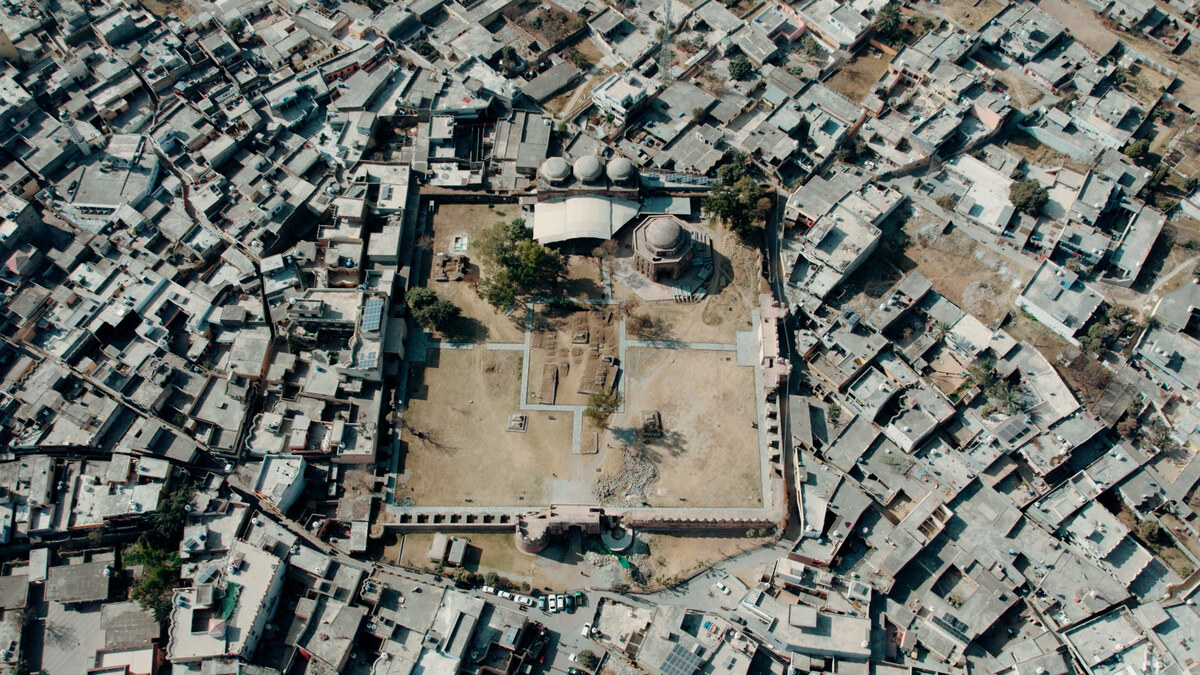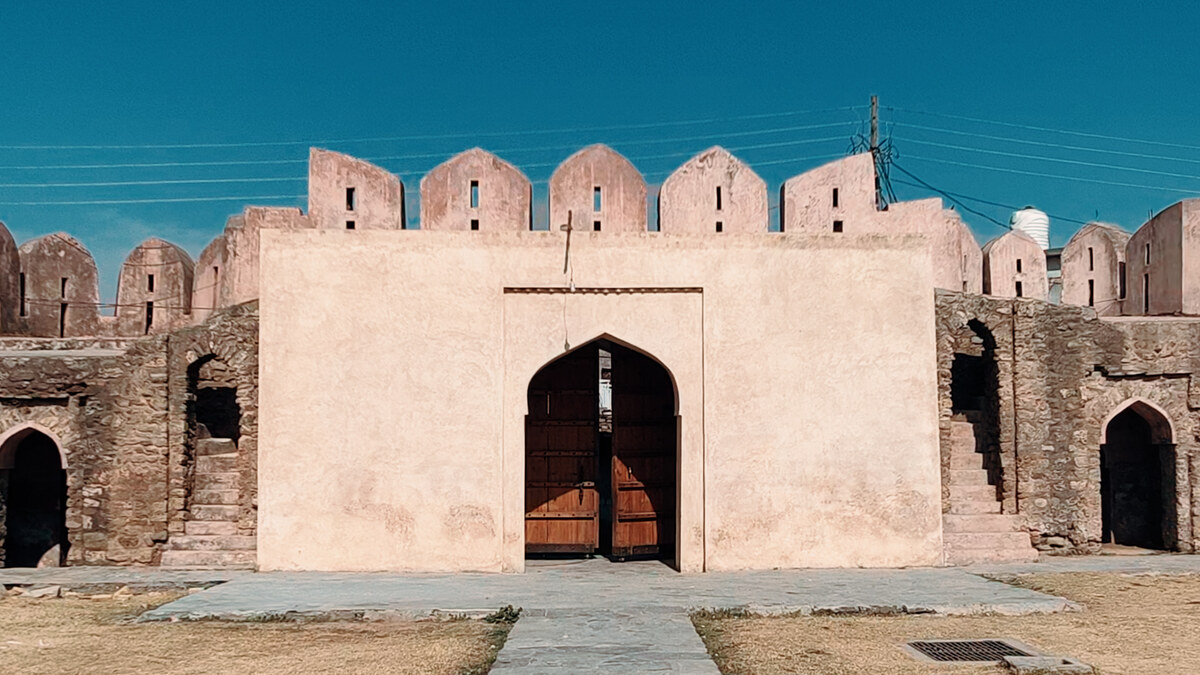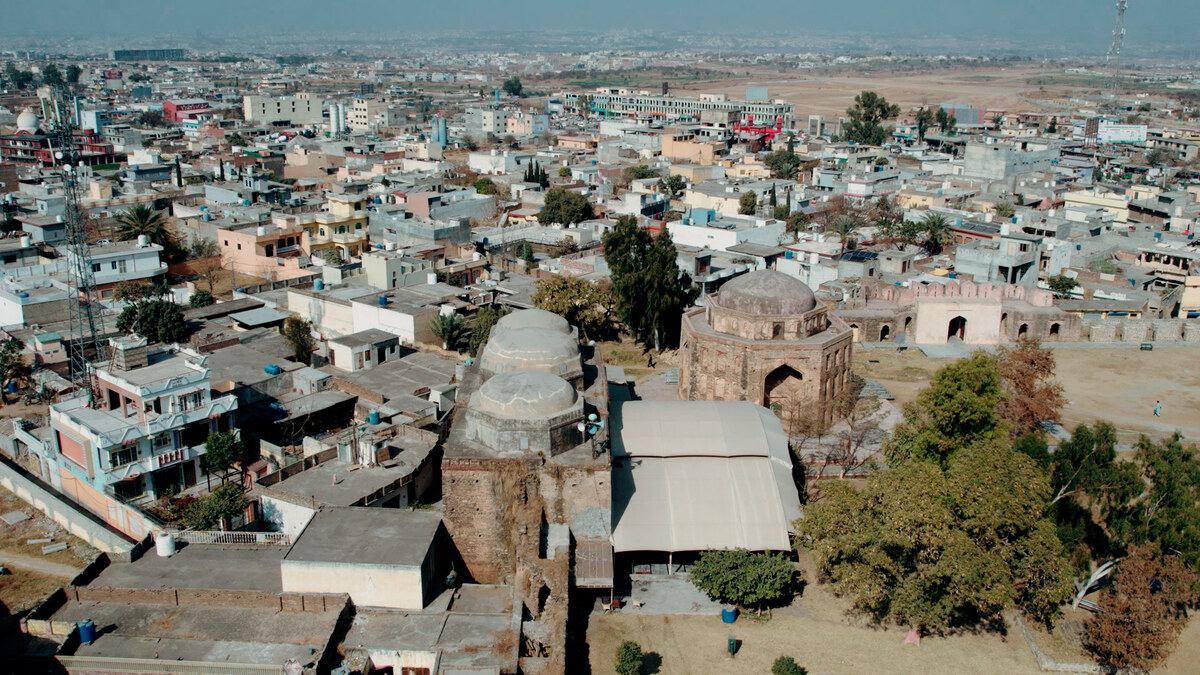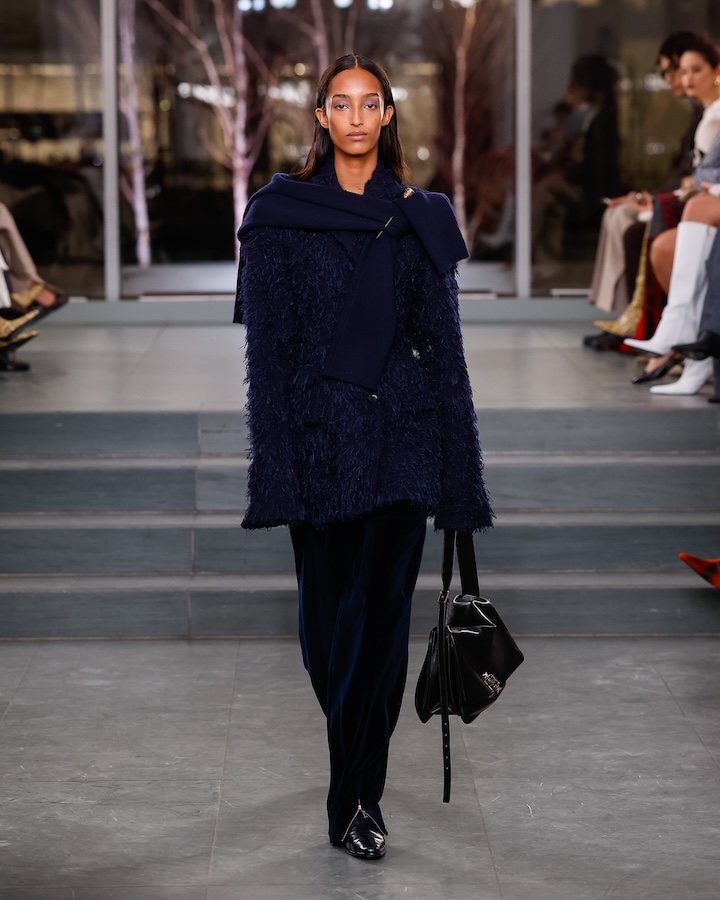RIYADH: Saudi-Spanish artist Hana Maatouk loves giving gifts. As a child, she presented each member of her family with a comic, abstract doodle that she felt embodied them. “I would narrate my feelings or my response to an event through images,” she tells Arab News.
Now, her work has drawn crowds in New York to her first solo show, the conclusion of a four-month residency with downtown art space Chinatown Soup.
Through her work, Maatouk explores Saudi Arabia’s evolving socio-political landscape and her personal memories of growing up there. In that solo exhibition, “Worlds Within,” which took place at NYC Culture Club last month, Maatouk used memory not as the main narrative, but as a way to examine the present.

"Memory from Omra," 2022. (Supplied)
“Initially, I thought I was going to archive my personal memory and make fantastical images based on my personal narrative. But when I started, I realized that my fascination with memory actually goes beyond myself,” she said.
“Worlds Within” was part of “Within Reach” — a show encompassing a number of exhibitions celebrating the 2024 class of undergraduate visual arts students from Columbia University, where Maatouk studied, and Barnard College. Maatouk’s vibrant, surrealist work was heavily inspired by the 12th-century Andalusian mystic Ibn Arabi and his philosophical concept of divine time and space.
During her residency at Chinatown Soup, Maatouk intended to create a picture for every significant memory she has, even if it was just a quick sketch. And what she realized in the process was that her relationship to memory is very much rooted in emotions and images rather than language.

"The Rocks Are Witness," 2024. (Supplied)
She came into her residency with the work she had created for her thesis, in which the predominant color was a bold red. Her later works slowly developed out of that, and even referenced the doodles she had made as a child.
One piece, a drawing in charcoal, is a depiction of her memory of Umrah, which she performed with her father and brother when she was around 12 years old. There are no photographs of their trip, so the painting was purely based on her memory. “I still recall the feeling of the white tile beneath my feet. Our pace. My eyes observing, witnessing,” she says. “When I showed that picture to my brother, he was like, ‘Yeah, that’s how I felt it as well.’”
This piece became “significant in the development of my visual language,” she adds, “because of the fleeting figures. If you look towards the top and the peripheries, the ‘figure’ turns into a simple arc, which becomes a unit on its own. Visually, I reduced the information down to the most basic cell that could still represent a figure but also carry many meanings in its abstraction.”

"In Two," 2025. (Supplied)
In her discussions with others about her work, a recurring theme was just how unreliable memories can be. This led the artist to explore other questions, such as why we define memory based on what it is not.
“It’s almost like we’ve pitted memory against fact and made it unreliable in its definition. But what if its power is that it can transcend time and space — that it exists, actually, outside of those two things? It incorporates those two things. But it exists beyond them. It’s timeless,” she says.
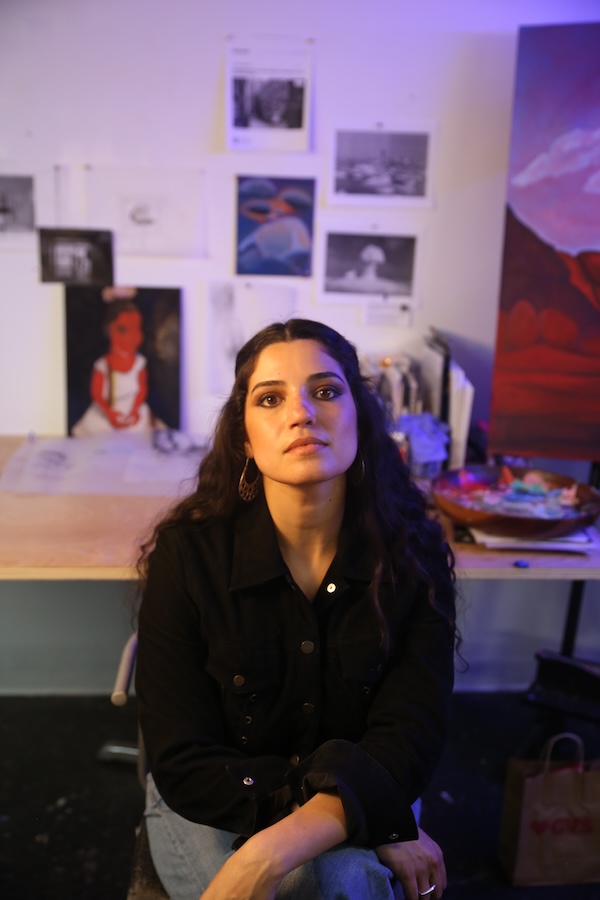
Hana Maatouk. (Supplied)
While the show consists mainly of paintings, Maatouk has trained in many mediums, including sculpture, installation, printmaking, and photography. “I don’t have one particular medium that is ‘it’ forever, I think it’s just a matter of what language fits the idea that I’m working with,” she says. “With painting, most recently, I’ve been dabbling with the fantastical, the fictional, and the mythological, because painting, in its essence, is an illusion. You’re making three-dimensional space on a two-dimensional plane. It already has elements of the fantastical embedded in it. So, when I was writing these narratives about the changes I was observing in Saudi Arabia, it made sense to do it in painting.”
As the daughter of a Saudi father and Spanish mother, Maatouk says there are aspects of her cultural background, history, and perspective that she’s eager to translate through her work. The challenge is taking these elements outside of their cultural realm to new audiences.
“My audience (for the latest exhibition was) a New York audience, and actually, at the opening, my friend Sarah, who’s American, brought a friend to the show, and I asked her which piece resonated, and she pointed to the one of Umrah,” she says.
“What makes a good work for me… I think about it in terms of an emotional transfer. I love to see the work resonating with people in an emotional way, where they feel like something in them was seen in the work.”













